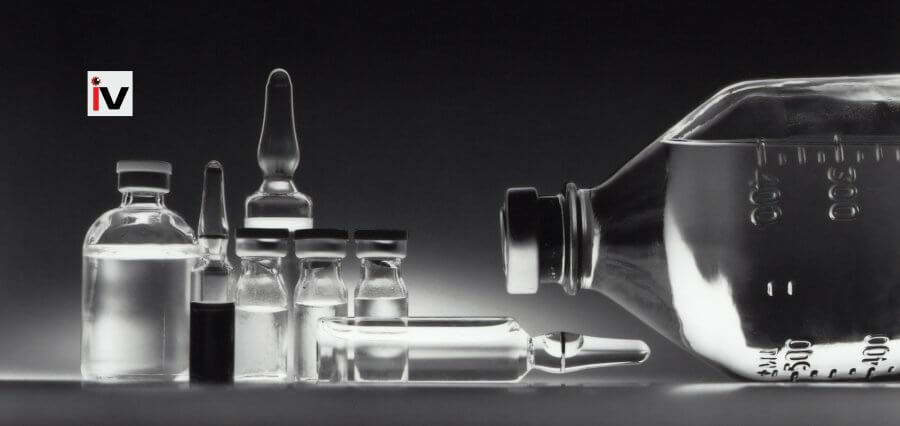A costly new treatment for a rare blood clotting condition has just been approved by the Federal Drug Administration (FDA) in the United States.
It will be the most expensive drug in the world, costing US$3.5 million per dose.
Although the price seems outrageous at first, a recent analysis of the drug’s cost-effectiveness suggests that it is, at least in the US, a relatively “fair” price for the results the treatment achieves.
Hemophilia Initiative
The drug, Hemgenix, is a gene therapy treatment for hemophilia B, a rare genetic disorder that results in impaired blood clotting. The most dangerous signs include episodes of difficult-to-stop spontaneous and recurrent bleeding.
Men are more likely than women to have hemophilia B, and although exact numbers are difficult to come by, estimates indicate that there are currently about 8,000 men in the US who have chronic illnesses.
Patients receive a much-needed clotting factor from the main medication used to treat hemophilia B currently available in the US, but its steep lifetime treatment costs. Patients with severe symptoms require a regular, costly treatment plan, one whose efficacy may gradually deteriorate over time.
The adult lifetime cost for each patient with moderate to severe hemophilia B is currently estimated by researchers to be between US$21 and $23 million. Despite being less expensive than in the US or other parts of Europe, treatment in the UK still adds up to tens of millions of dollars per patient over the course of their lifetime.
Hemgenix, on the other hand, is an intravenous product that is administered once in a single dose at a much lower cost. A viral-based vector is used to deliver the product into the body and is designed to deliver DNA to target cells in the liver. The instructions for a clotting protein called Factor IX are then spread by cells through the replication of this genetic information.
Hemophilia Overview
The effectiveness and safety of Hemgenix have thus far been examined in two studies. Increased Factor IX activity levels were discovered in one study among 54 participants with severe or moderately severe hemophilia B, negating the need for standard replacement therapies currently available to patients.
Patients’ rates of uncontrolled bleeding decreased by over 50% compared to their baseline rates after receiving gene therapy.
Headaches, flu-like symptoms, and elevated liver enzymes were among the side effects, all of which need close monitoring by medical professionals going forward.
“Hemophilia gene therapy has been anticipated for more than 20 years. The prevention and treatment of bleeding episodes can negatively affect people’s quality of life, despite advances in hemophilia treatment, “Peter Marks, the center’s director for biologics evaluation and research at the FDA, says.
Hemophilia Statements
“Today’s approval offers patients with hemophilia B a new treatment option and represents a significant advancement in the development of novel therapies for those who experience a high burden of disease associated with this type of hemophilia,” says the FDA.
Although it is still unclear whether this gene therapy procedure will be able to cure hemophilia B, the early results are encouraging.
The FDA has a special designation for serious but uncommon diseases like hemophilia B to encourage medical research. For instance, Hemgenix is categorized as an “orphan drug” because it only has the potential to help a small number of patients.
This designation grants CSL Behring, the manufacturer of Hemgenix, seven years of exclusive market access in the US.
The US government’s use of incentives to encourage scientific research is a useful way to accelerate research into rare diseases that would otherwise be neglected, but this policy has drawbacks as well.
Additionally, it implies that while other countries that impose price controls on pharmaceuticals benefit from global research, the US market bears the burden of supporting drug monopolies.
The price of prescription drugs in the US is currently two to six times higher than in other nations.

